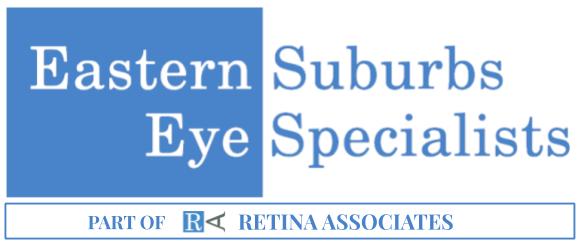Eyeglasses
Eyeglasses are a simple, safe way to correct vision problems caused by presbyopia.
Non Prescription Glasses
You may be able to use over-the-counter (non-prescription) reading glasses if you had good, uncorrected vision before developing presbyopia. Ask your eye doctor if non-prescription glasses are OK for you.
Most non-prescription reading glasses range in power from +1.00 diopter (D) to +3.00 D. When selecting reading glasses:
- Try different powers until you find the magnification that allows you to read comfortably, starting with the lower powers
- Test each pair on reading material held at a comfortable distance
Prescription Glasses
You'll need prescription lenses for presbyopia if
- over-the-counter glasses are inadequate or
- if you already require prescription corrective lenses for nearsightedness, farsightedness or astigmatism.
Your choices include:
- Prescription reading glasses. If you have no other vision problems, you can use glasses with prescription lenses for reading only. You will need to remove these when you're not reading.
- Bifocals. These lenses have a visible horizontal line that separates your distance prescription, above the line, and your reading prescription, below the line.
- Trifocals. These glasses have corrections for close-up work, middle distance vision — such as for computer screens — and distance vision. Trifocals come with two visible horizontal lines in the lenses.
- Progressive multifocals. This type of lens has no visible horizontal lines, but has multiple powers for distance, middle distance and close-up corrections. Different areas of the lens have different focusing strengths.
- Office progressives. These lenses have corrections for computer-distance and close work. You generally use these at a computer or for reading and remove them for driving or walking around.
People who don't want to wear eyeglasses often try contact lenses to improve their vision problems caused by presbyopia.
This option may not work for you if you have certain conditions related to your eyelids, tear ducts or the surfaces of your eyes such as dry eye.
Several lens types are available:
- Bifocal contact lenses. Bifocal contact lenses provide distance and close-up correction on each contact. In one type of bifocal lens, the bottom, reading portion of the lens is weighted to keep the lens correctly positioned on your eye. Newer types of bifocal contact lenses offer one type of correction through the edges (periphery) of each lens and the other type of correction through the center of the lenses.
- Monovision contact lenses. With monovision contacts, you wear a contact lens for distance vision in one eye (usually your dominant eye) and a contact lens for close-up vision in the other eye.
- Modified monovision. With this option, you wear a bifocal or multifocal contact lens in one eye and a contact lens set for distance in the other (usually your dominant eye). You use both eyes for distance and one eye for reading.
Lifestyle and Home Remedies
You can't prevent presbyopia. You can help protect your eyes and your vision by following these tips:
- Have your eyes checked. Do this regularly even if you see well.
- Control chronic health conditions. Certain conditions, such as diabetes and high blood pressure, can affect your vision if you don't receive proper treatment.
- Protect your eyes from the sun. Wear glasses or sunglasses that block ultraviolet (UV) radiation. This is especially important if you spend long hours in the sun or are taking a prescription medication that increases your sensitivity to UV radiation.
- Prevent eye injuries. Wear protective eyewear when doing certain things, such as playing sports, mowing the lawn, or painting or using other products with toxic fumes. Non Prescription reading glasses generally don't provide safety protection.
- Eat healthy foods. Try to eat plenty of fruits, leafy greens and other vegetables. These foods generally contain high levels of antioxidants as well as vitamin A and beta carotene. They're also vital to maintaining healthy vision.
- Use the right glasses. The right glasses optimize your vision. Having regular exams will ensure that your eyeglass prescription is correct.
- Use good lighting. Turn up or add light for better vision.
- See your doctor immediately if you experience any of these symptoms — sudden loss of vision in one eye with or without pain, sudden hazy or blurred vision, double vision, or see flashes of light, black spots or halos around lights. Any of these symptoms may signal a serious medical or eye condition.







